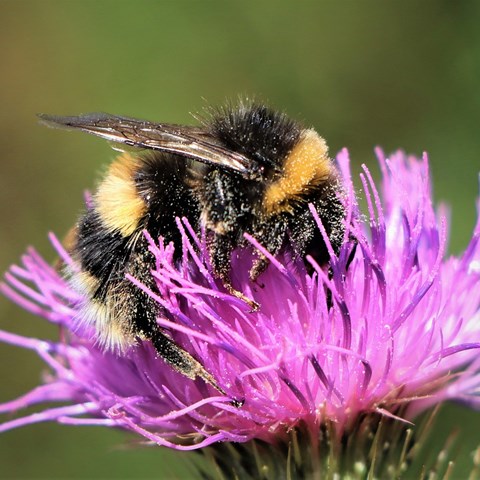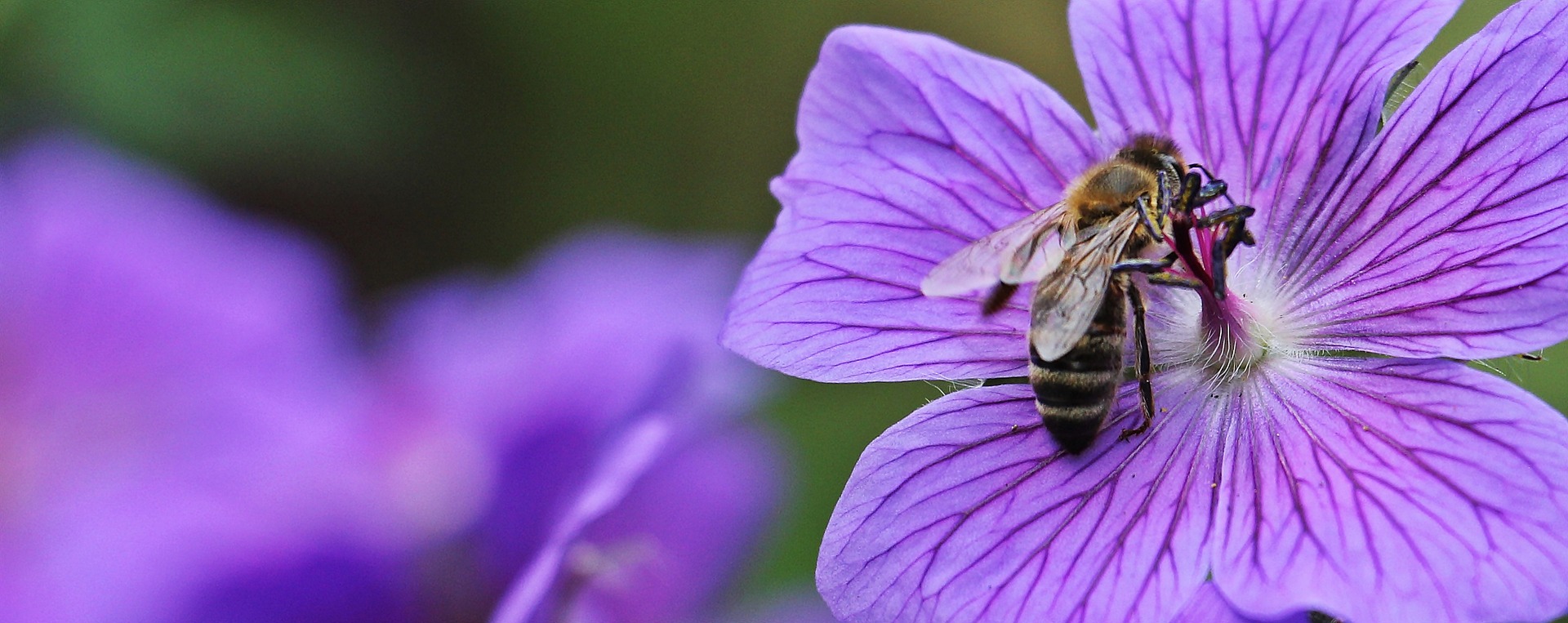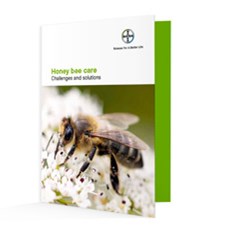Background
Whilst the number of honey bees in the UK is actually on the increase, bee health generally in the UK and many other countries is on the decline.
The major factor in honey bee decline is generally recognised as infestation with the parasitic mite Varroa destructor. In addition to Varroa there are a number of viral and fungal diseases that are also damaging bee colonies throughout the UK, as well as a decline in suitable habitats.
Some have expressed concern about the potential for insecticides to have an effect on bee health. To avoid impacting bees it is important to follow stewardship guidelines when using crop protection products.


